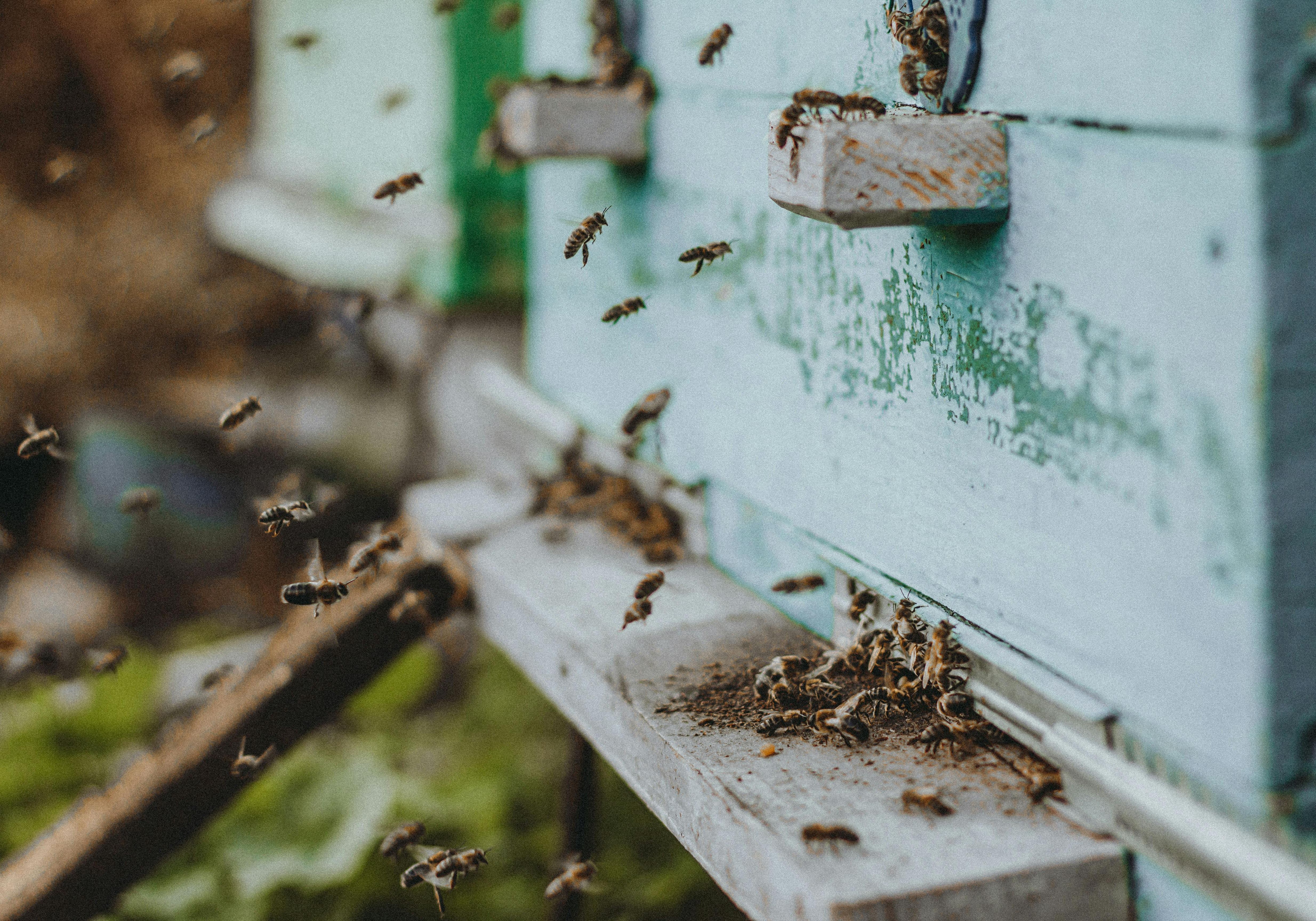
- Blog
- Category 3
- Swarm Season: When and Where to Expect Swarming Honeybees
Swarm Season: When and Where to Expect Swarming Honeybees

When Do Bees Swarm?
Where to Expect Swarming Bees
What Does Swarm Season Mean for Beekeepers?
How to Stay Safe During Swarm Season
- Observe from a Distance: Avoid approaching swarms too closely, as disturbing the bees can make them defensive.
- Contact Professionals: If a swarm settles in an inconvenient location, call a local beekeeper or pest control expert to relocate the bees safely.
- Avoid Panic: Swarming bees are generally not aggressive, as their focus is on finding a new home rather than defending a hive.
Conclusion


DIY Bee Swarm Traps: How to Build and Use Them Effectively
ABOUT US
We are a family-run Honeybee farm and rescue. Our journey started in 2019 just before the start of the pandemic, one of the most uncertain and isolated times worldwide. We have had many successes and many failures along the way with our beloved Honeybees and want to be able to educate others about something we care so deeply about as we continue to learn ourselves along the way. We live in zone 7b and will be making videos on how we do things, not necessarily how you should run your operation in different areas of the country. We are learning every day and will continue until the day they put us on the ground. No one said it better than Bob Binnie, "Beekeeping is 50% science and 50% art." We hope you'll enjoy following along on our journey, whether you are a beekeeper or not! Lolly & Poppy


